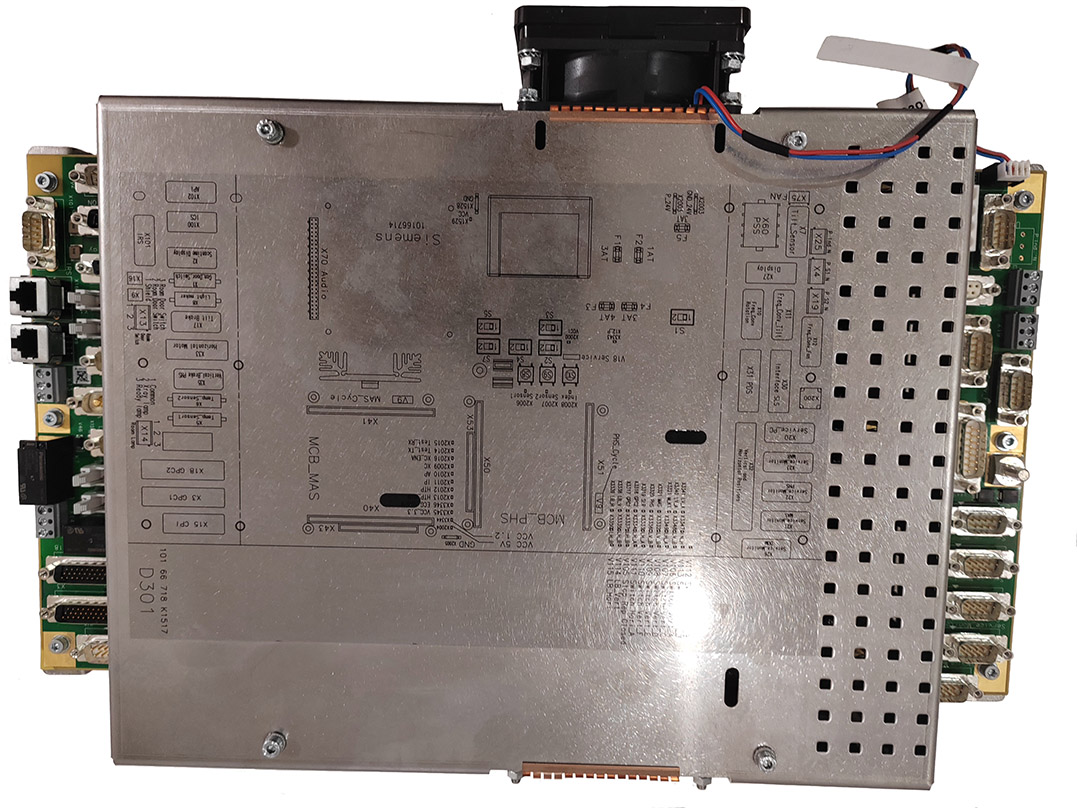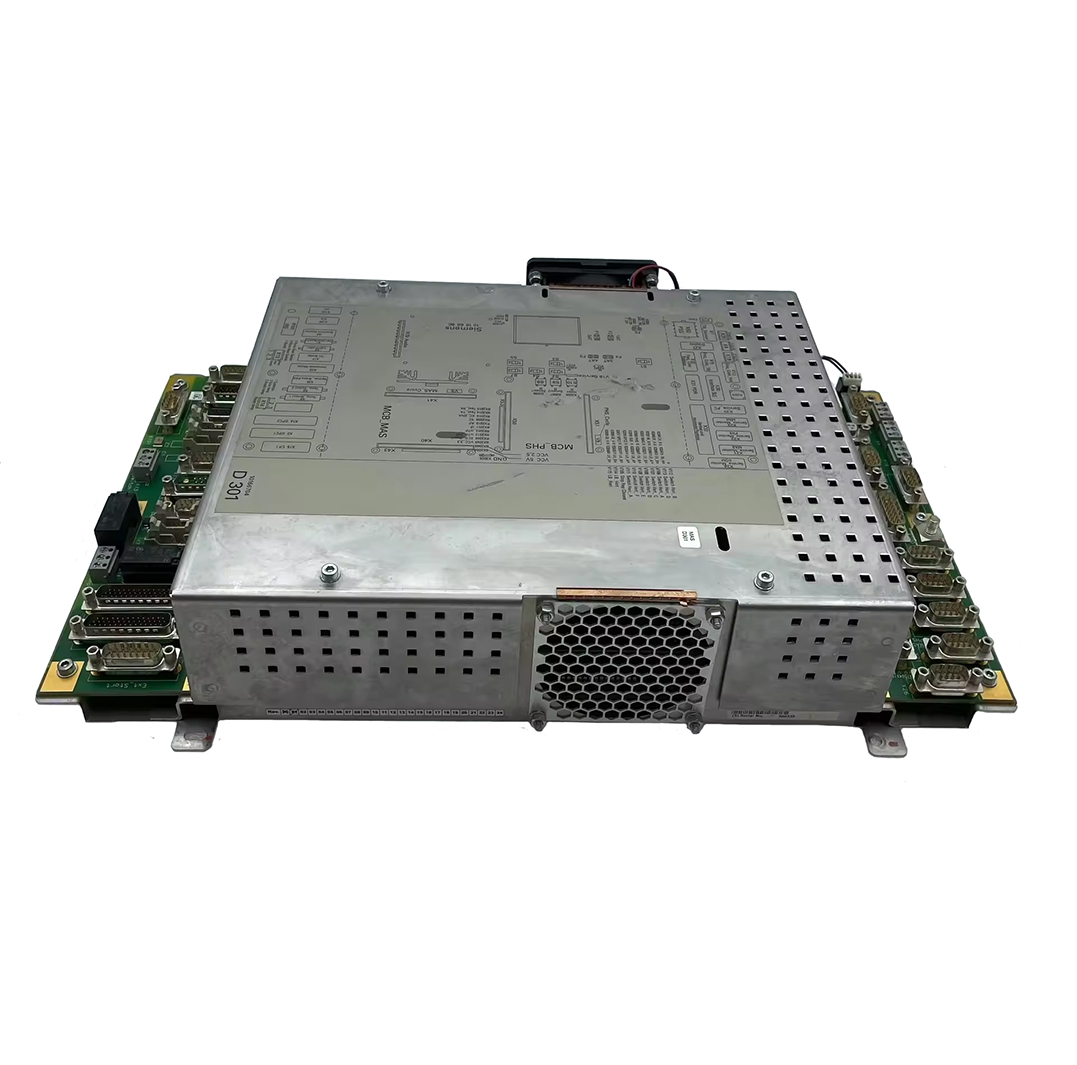Are there different specifications for medical imaging parts?
Yes, there are different specifications for medical imaging parts, as different imaging modalities require specific components to function optimally. Here are some common specifications for medical imaging parts:
Resolution: This refers to the clarity or sharpness of the image produced by the imaging system. Higher resolution is typically desirable for better diagnostic accuracy.
Sensitivity: The ability of the imaging system to detect and capture subtle changes in tissue density or contrast. Higher sensitivity allows for the detection of smaller abnormalities.
Speed: Refers to how quickly the imaging system can acquire and process images. Faster speed is often preferred for reducing patient discomfort and improving workflow efficiency.
Field of View (FOV): The size of the area that can be imaged by the system. A larger FOV may be necessary for imaging larger anatomical structures or conducting whole-body scans.
Contrast: The ability of the imaging system to differentiate between different types of tissues based on their density or other properties. Higher contrast allows for better visualization of structures and abnormalities.
Artifact Reduction: The capability of the system to minimize artifacts, which are unwanted distortions or abnormalities in the image that can arise from various sources such as patient motion or equipment malfunction.
Compatibility: Parts must be compatible with the specific imaging modality and equipment for seamless integration and optimal performance.
Safety: Parts must adhere to safety standards and regulations to ensure patient and operator safety during imaging procedures.
Durability: Medical imaging parts should be durable and reliable to withstand the rigors of daily use in clinical settings.
Size and Form Factor: Parts should be designed to fit within the constraints of the imaging equipment and be easy to install and maintain.
These specifications may vary depending on the type of medical imaging modality, such as X-ray, MRI, CT scan, ultrasound, PET scan, etc. Additionally, advancements in technology may lead to new or refined specifications over time.















 Neil
Neil 
 Neil
Neil